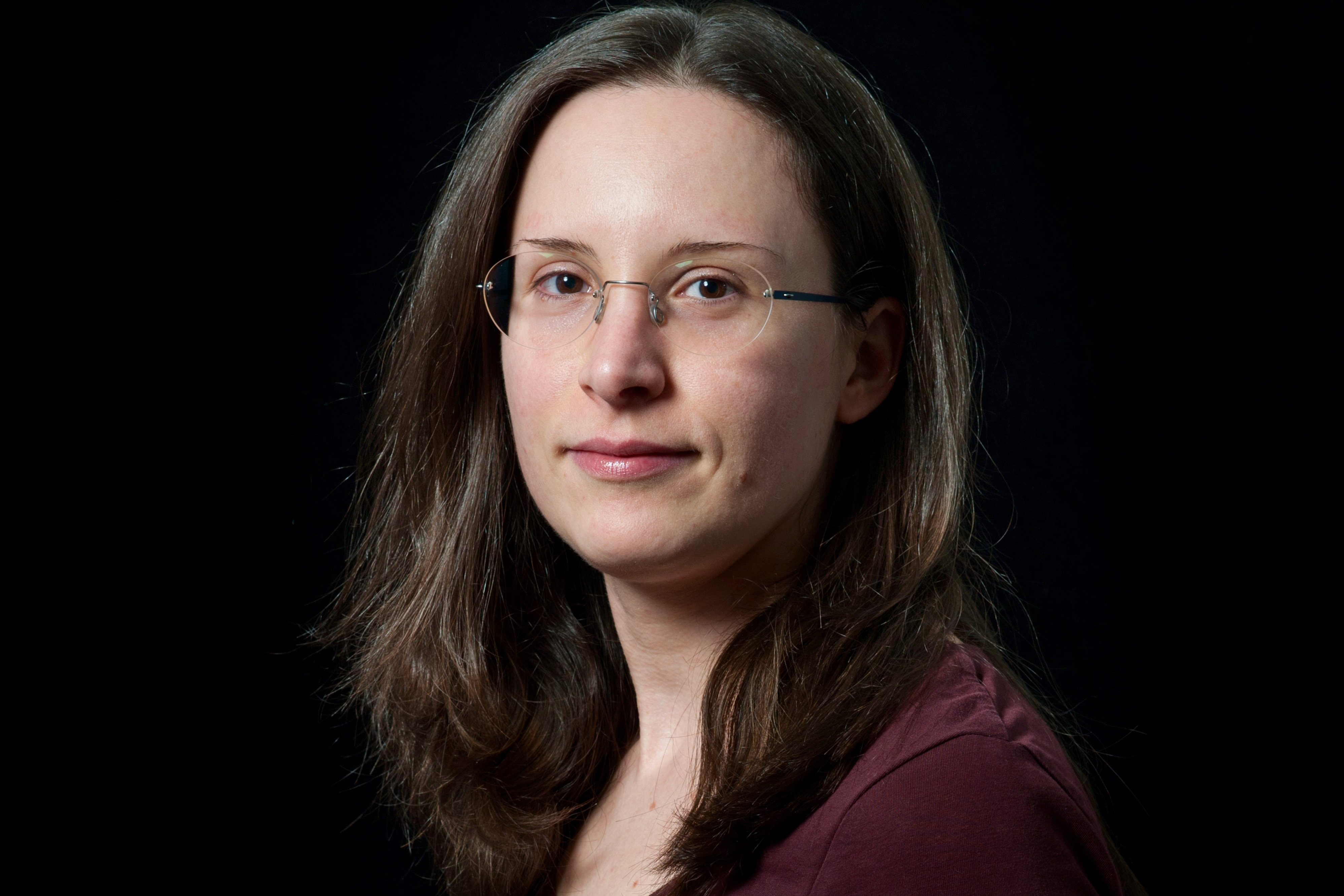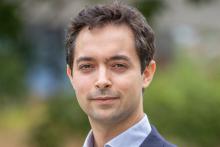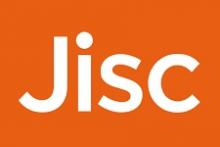Discovery through multi-lingual science archives

Gaia Donati
Delving into physics digital archives provides surprising and inspiring food for thought, writes Gaia Donati
It is often taken for granted that English is the global language of scientific communication, but this was not always the case. Science has, in fact, spoken many languages throughout history, despite the current predominance of English in peer-reviewed articles and monographs. To regain some perspective, it is useful to browse through the archives of journals published in languages other than English – especially those with a long history, which have become more accessible to researchers and students thanks to modern digitisation efforts.
Scientific publisher EDP Sciences was an early internet presence and open-access advocate, and its online archives for the Journal de Physique span from the end of the nineteenth century right up to the early 2000s. EDP Sciences was created in 1920 under the name ‘La Société du Journal de Physique et Le Radium’ – back then its mission was purely to publish the Journal de Physique (originally established in 1872) after it merged with Le Radium (launched in 1904). Researchers going through the journal’s issues will discover a trove of famous names, including Nobel laureates – from Henri Becquerel, Max Planck, Linus Pauling, Serge Haroche and Gérard Mourou to this year’s Nobel Prize in Physics co-recipient Giorgio Parisi.
The scientific journal evolved through the decades, experimenting with article formats and publishing articles simultaneously in French and English. French does dominate the pages of Le Radium and the first issues of the Journal de Physique, but many papers are accompanied by English abstracts and the ratio of French to English papers appears to flip in the 1980s.
What exactly can we learn by perusing the EDP Sciences archives? Such ‘legacy literature’ stands as a reminder of the ways in which scientific findings were presented, welcomed and discussed in the early decades of the twentieth century – a time when physics research was bustling with experimental and theoretical activity. Reading the first editorial of Le Radium[1], for instance, offers unique insights into how the new chemical element was perceived at the time – surrounded by the glowing promise of far-reaching applications and a thick cloud of open scientific questions.
The mission of the journal was to inform the public about the ongoing studies concerning radium, but the first editorial reveals an additional goal, one that could be seen as an early example of crowdsourcing or citizen science. The editorial includes an unexpected call to arms aimed at the journal’s audience. It provides details on how to recognise areas that could hold ores rich in uranium or thorium, from which radium could then be extracted. The goal was to increase the odds of sourcing the new element directly from French soil – thus turning readers into potential scientific collaborators.
There is undoubtedly educational value to reading ‘legacy papers’, and this holds true for articles written in any language. In Marie Curie’s account of her determination of the relative atomic mass of radium[2], for example, we notice the directness in her writing. She is completely transparent about current shortcomings and aspects upon which she wants to improve, which is exactly what you would like to see in a scientific study. Similarly, it is instructive to find J. J. Thomson, who is credited with the discovery of the negatively charged sub-atomic particle known as the electron, authoring a rather plain study on positively charged particles under different pressure conditions[3]. This may not be the type of publication that brought him fame, but it provides a glimpse into the less glamorous – but nonetheless important – facets of scientific research.
Reading papers by scientists whose names we often find in physics textbooks can be a powerful experience. While textbooks can sometimes give the impression that scientific results follow and complement one another in a neat linear sequence, research articles offer insights into how science really progresses – repeating experiments, following tangents and occasionally having to go back to square one. Scientific papers show their authors grappling with challenges and questions that may significantly or subtly contribute to future breakthroughs. In a 1913 issue of Le Radium, for example, a very young Louis de Broglie – who read history before switching to physics – reports on his studies of X-rays[4]. Soon after this, the First World War would take him away from science, but once the conflict had ended he resumed his work, and in 1924 he published a thesis on matter waves now recognised as a crucial contribution to quantum mechanics.
Browsing through the archives of publications such as the Journal de Physique and Le Radium, we learn how scientific information was circulated prior to the internet or machine translations. Indeed, some of the articles published in these journals are French translations of reports that appeared in British or German publications, among others. It was scientists themselves who sometimes took up the translation task, possibly so that French-speaking colleagues unfamiliar with those languages could keep up with the latest developments. A notable example is the French account of a report authored by Ernest Rutherford and Hans Geiger in 1908[5], originally presented at the Royal Society of London, in which the two researchers discuss results that will inspire the design of the Geiger-Müller counter now widely used in the nuclear industry.
Resources such as the EDP Sciences archives demonstrate that English is not the sole language of science. Moreover, given the high quality and wide availability of translation technology, materials in languages other than English are no longer inaccessible to English-only readers. Scientific findings reported in languages other than English enrich science and its communication. (This is part of a broader discussion around the predominance of English as the language of science and the effects that such status can have on scientific discovery and scientists themselves.)[6, 7]
'As custodians of important, pioneering legacy research stretching back to the nineteenth century, we take our preservation responsibilities and role in ensuring accessibility very seriously,' says Dr Agnès Henri, managing director at EDP Sciences. Changes in accessibility, accelerated by technology, and in our working practices, accelerated by the pandemic, highlight the value of a broad range of e-resources and of the unique ‘long view’ that multi-lingual archives offer.'
The EDP Sciences archives remind us that science is multi-lingual, that language barriers are of our own making, and that they can quickly vanish. The pages of the Journal de Physique and Le Radium illustrate this and offer a source of inspiration – with their mix of French and English articles, their translated accounts of results published in other languages, and ultimately a commitment to allowing scientific ideas to cross geographical borders and time.
Gaia Donati, freelance SciencePOD writer, with EDP Sciences
References
-
Fardas, H. Notre but. Radium (Paris) 1, 2 (1904).
-
Curie, M. Sur le poids atomique du radium. Radium (Paris) 4, 349-352 (1907).
-
Thomson, J.J. Sur les rayons d'électricité positive. Radium (Paris) 4, 239-246 (1907).
-
de Broglie, M. Recherches sur la diffraction des rayons de Röntgen par les milieux cristallins. Radium (Paris) 10, 186-195 and 245-249 (1913).
-
Rutherford, E. & Geiger, H. Une méthode électrique de numération des particules α émises par les substances radioactives. Radium (Paris) 5, 257-264 (1908).
-
Wild, S. African languages to get more bespoke scientific terms. Nature 596, 469-470 (2021).
-
Mehra, V. Challenges facing non-English speaking scholars. Research Information, August/September 2019.









